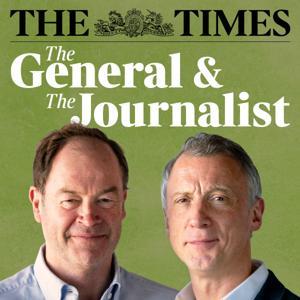C2 systems litter headquarters – some have coalesced into a single machine, others spread across various apps, platforms, and systems. It's a growing market place and one that can genuinely bamboozle with all the unmoderated lingo that goes with it. Claims that AI, ML, edge, and clould are scattered with wild abandon but lack some of the detail that HQ staff and commanders actually need. And there is something about contemporary combat and warfare here too. The need to rapidly scale access to systems in Ukraine could be equally matched by lessons from Sudan, Yemen or Kashmir. HADR missions work better with C2 systems that have this ability to size up swiftly – as well as working cross multiple domains, actors and security classifications; the requirement to meet the need of NGOs and multiple coalition partners (civil as well as military) is a demand matched in its complexity only by the demands for data and analytics from every level.
To give us some truth rather than wild claims and rhetoric about C2 systems, I asked the show's sponsor – Systematic – for a brief. Step forward Global VP for BD, Andrew Graham and his team: data scientists and military veterans from around the world, all with a distinct passion for C2.




































